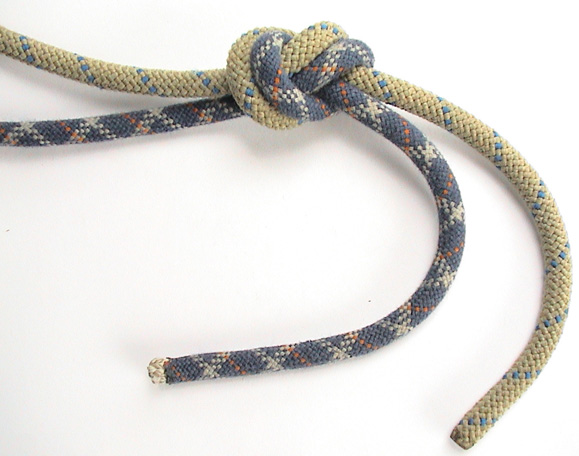HandjamMasterC wrote:
I know someone who's rappel ropes came untied under load with the EDK and they only survived through shear luck.
I used to use the double fisherman knot. Now I use a figure eight follow through.
I thought the fig. 8 follow through was even more prone to rolling than the EDK. please correct me if I'm wrong, but I'm pretty sure I've heard that before...

